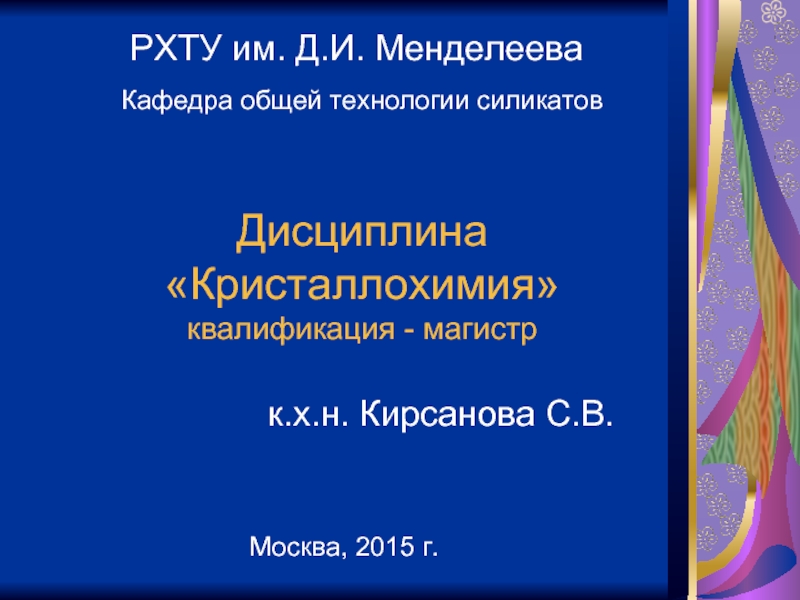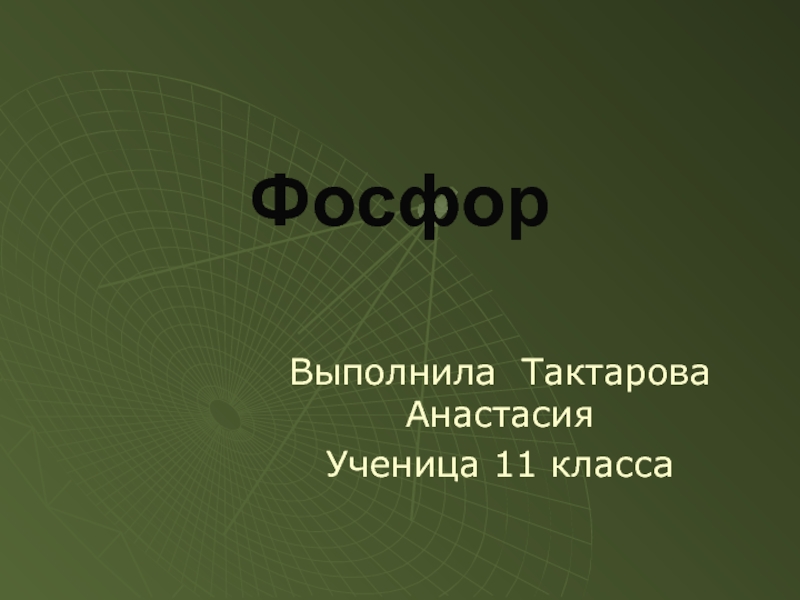1Oles Honchar Dnipropetrovsk National University, Department of Organic Chemistry, Dnipropetrovsk, Ukraine
2Institute of Bioorganic chemistry and petrochemistry of NAS of Ukraine, Kyiv, Ukraine
Corresponding author e-mail: sokovyty@icnanotox.org
Fig.1. Possible pathways of reaction of 3,4- epoxysilane 1 in water solution of ammonia and calculated values of activation energy, kJ/mol TSA1 TSB1 TSC1 Fig.2. Structure and selected bond lends (Å) of located transition states TSA1 , TSB1, TSC1 1 4 2a 2b 3 5a 5b
Computation details
The geometries of structures of reactant complexes, intermediates, transition states and product were optimized using the M06-2X levels in conjunction with the 6-31++(d,p) basis set. Harmonic vibration frequencies were calculated at the same level of theory to characterize the stationary points (minima with all positive frequencies or transition state with only one imaginary frequency) and to calculate zero-point vibration energy.
Comparison of the ΔE‡ values for routs С1 and A1-A3 let us presume that for reactions involved NH3 molecule rearrangement could be considered as competing mechanisms to trans opening. Transition state TSC1 consistent with concerted but highly asynchronous process where proton from the CH2 group is transferred to the nitrogen atom while forming H-Oep bond remains within hydrogen bond lenght (around 2 Å).
Values of ΔE‡ for addition of nucleophiles to allilic alcohol (2) increase in the row OH-
Aminolysis of 3,4-epoxysulfolane 1 with an excess of aqueous ammonia leads to a complex mixture of sulfolane derivatives that were isolated and identified as trans- and cis-3-hydroxy-4-aminosulfolanes 2a,b, ether 3 and trans- and cis-3,4-dyhidroxysulfonanes 5a,b.
Since obtained experimental data do not allow us to do an unambiguous conclusion in relation to the mechanism of epoxide 1 transformation, we have performed quantum-chemical investigation of limiting stages of possible routes.
Results
First we considered pathways of primary transformation of epoxide: back-side attack of ammonia (A1), water (A2) molecules or hydroxy anion (A3), giving trans-aminoalcohol 2a or diol 5a via SN2-like mechanism; formation of cis-aminoalcohol 2b or diol 5b by front-side attack of nucleophiles (pathways B1 - B3); and the isomerization of epoxide 1 into allylic alcohol 4 (pathway C). Next we investigated transformation of alcohol 4 which, reacting with nucleophiles, form either trans- 2a, 5a or cis- 2b, 5b products (pathways D1–D3, E1–E3). Comparison of activation barriers (fig. 1) for trans and cis opening of epoxidic ring clearly demonstrates preference of back-side attack over cis opening. Difference between activation barriers for trans and cis opening lies in the range 90-100 kJ/mol.






